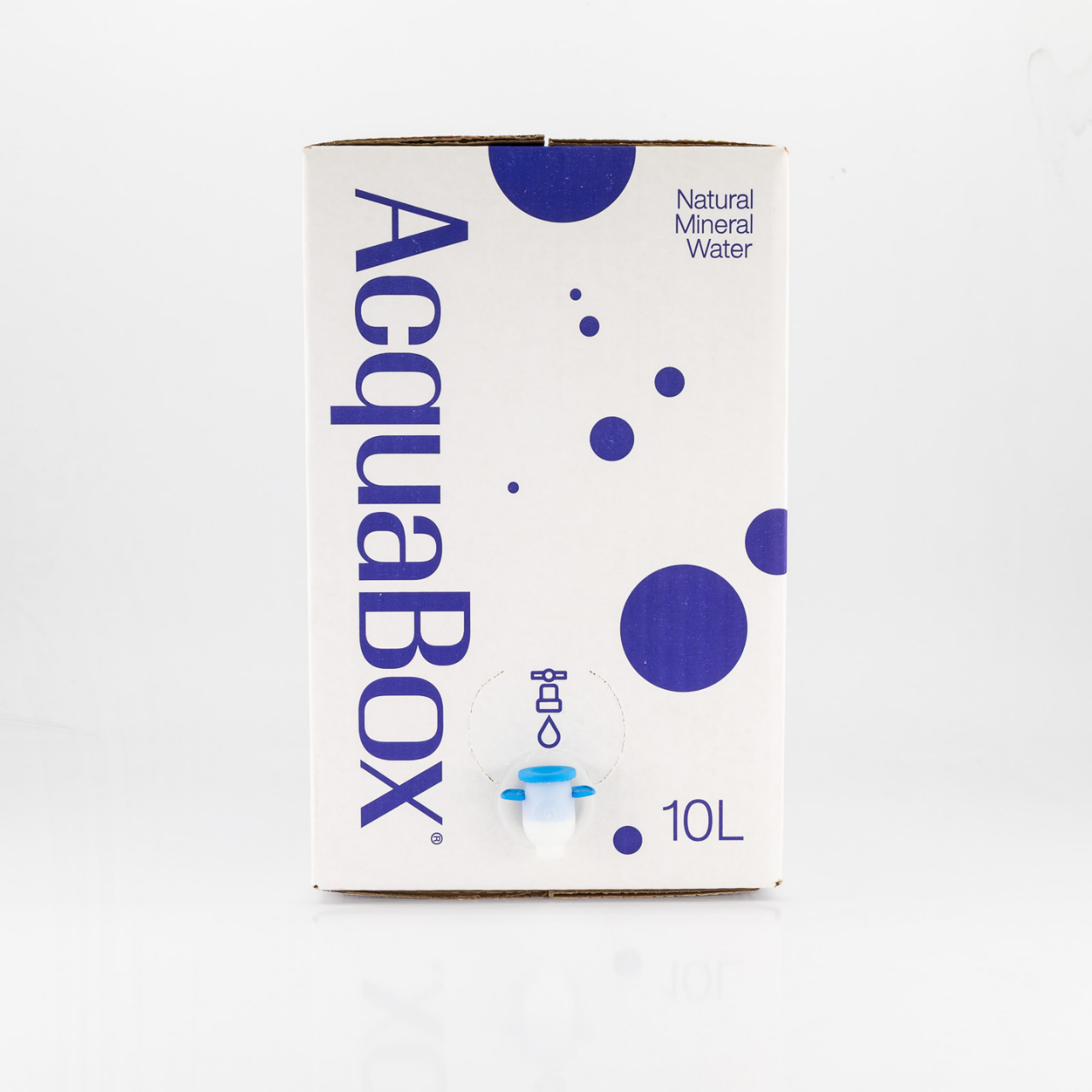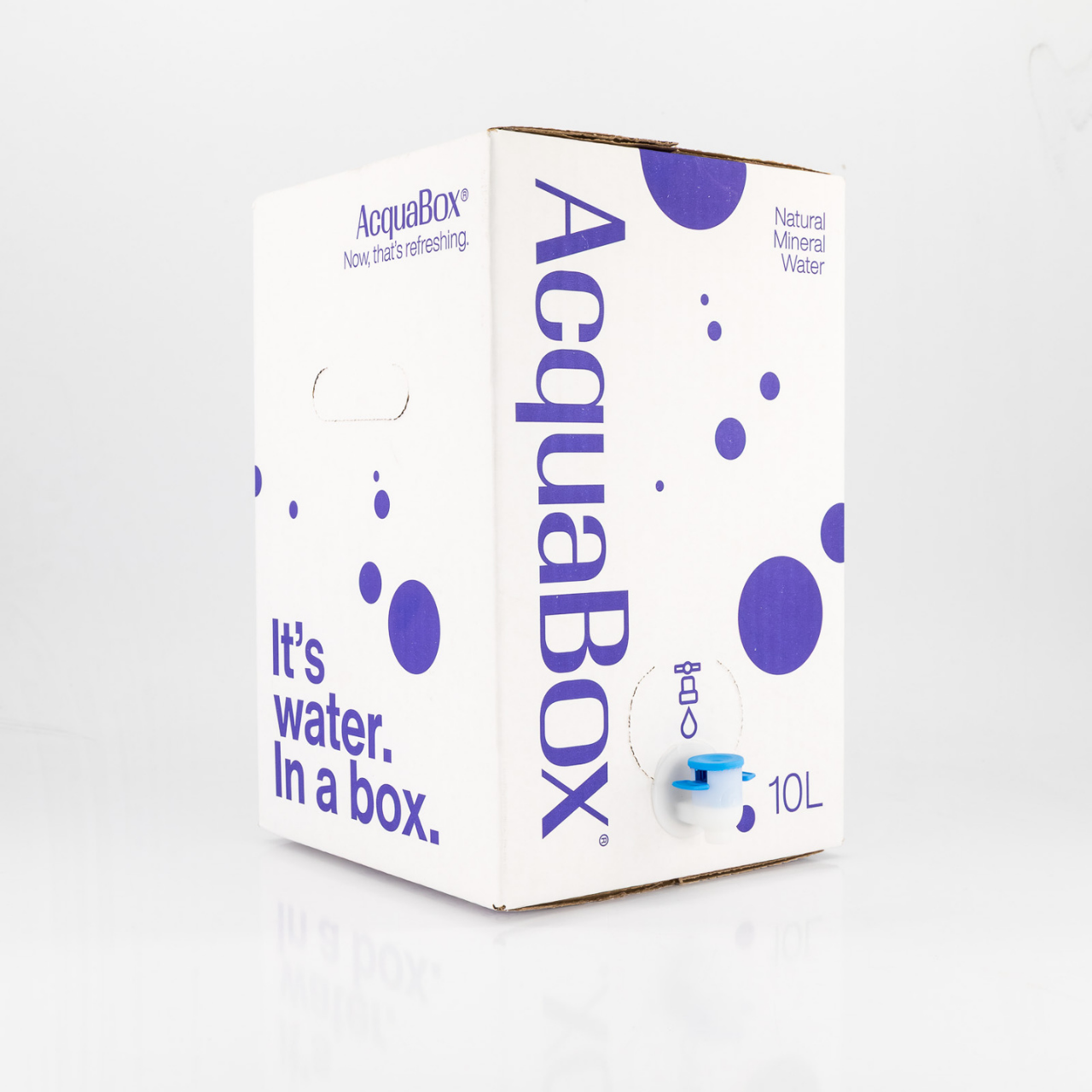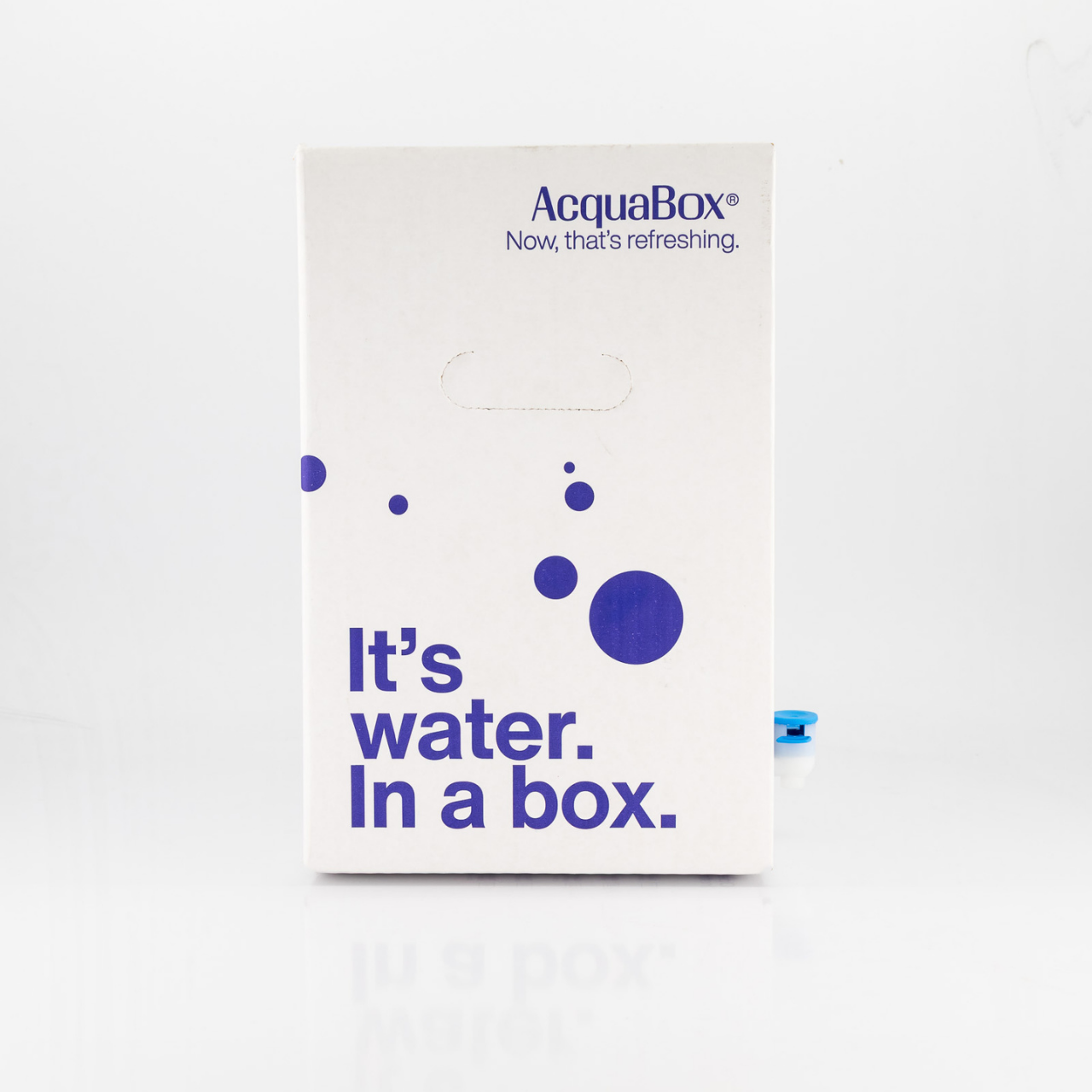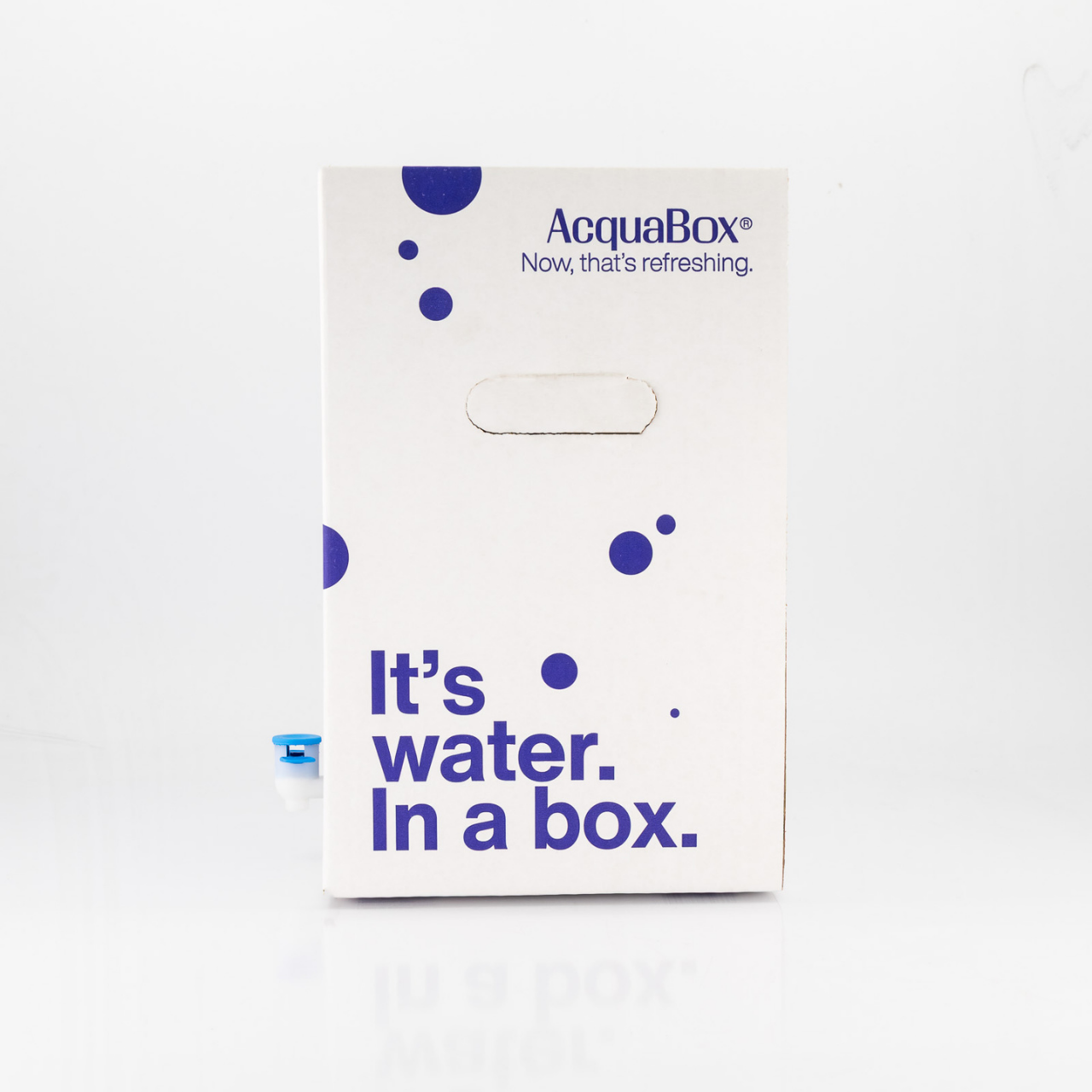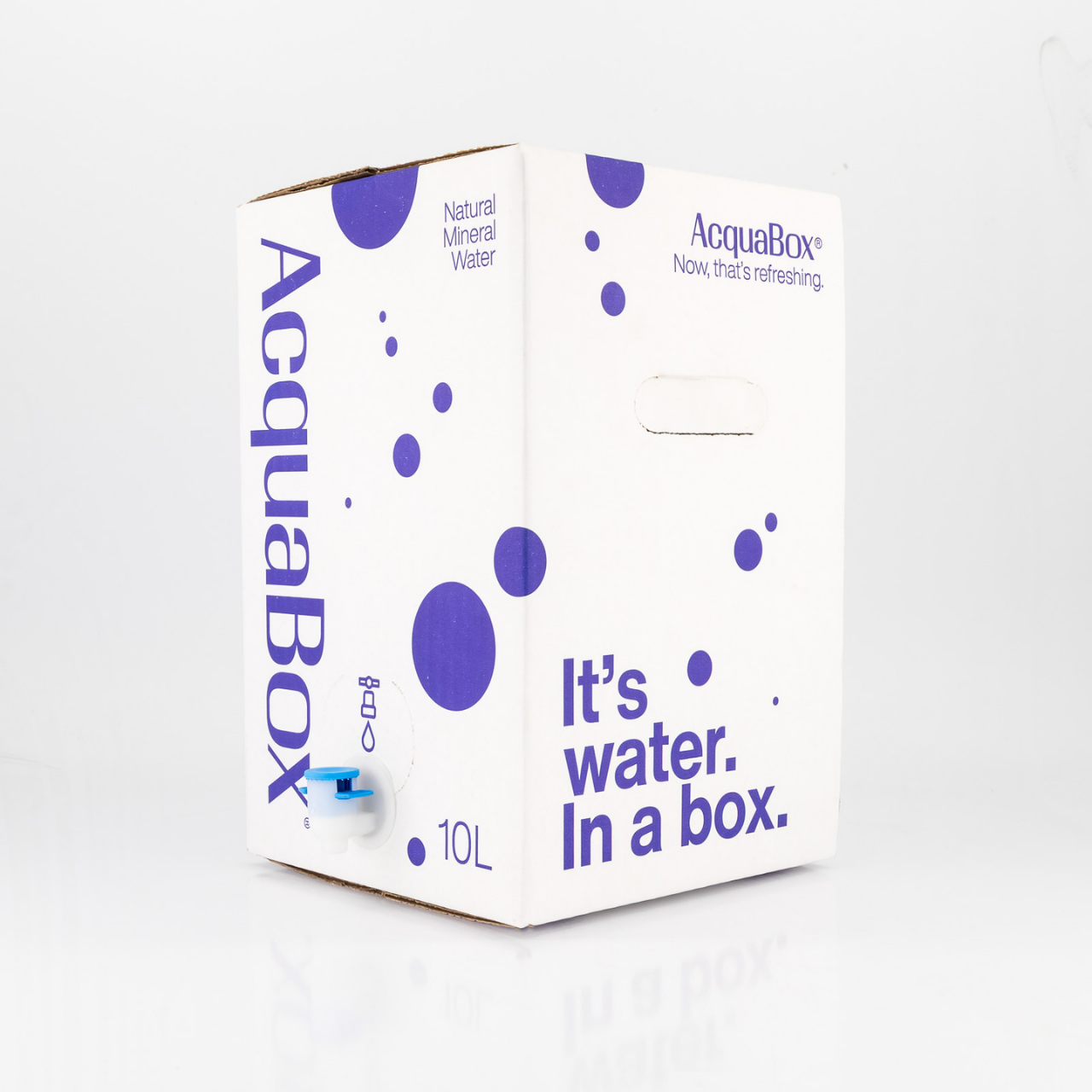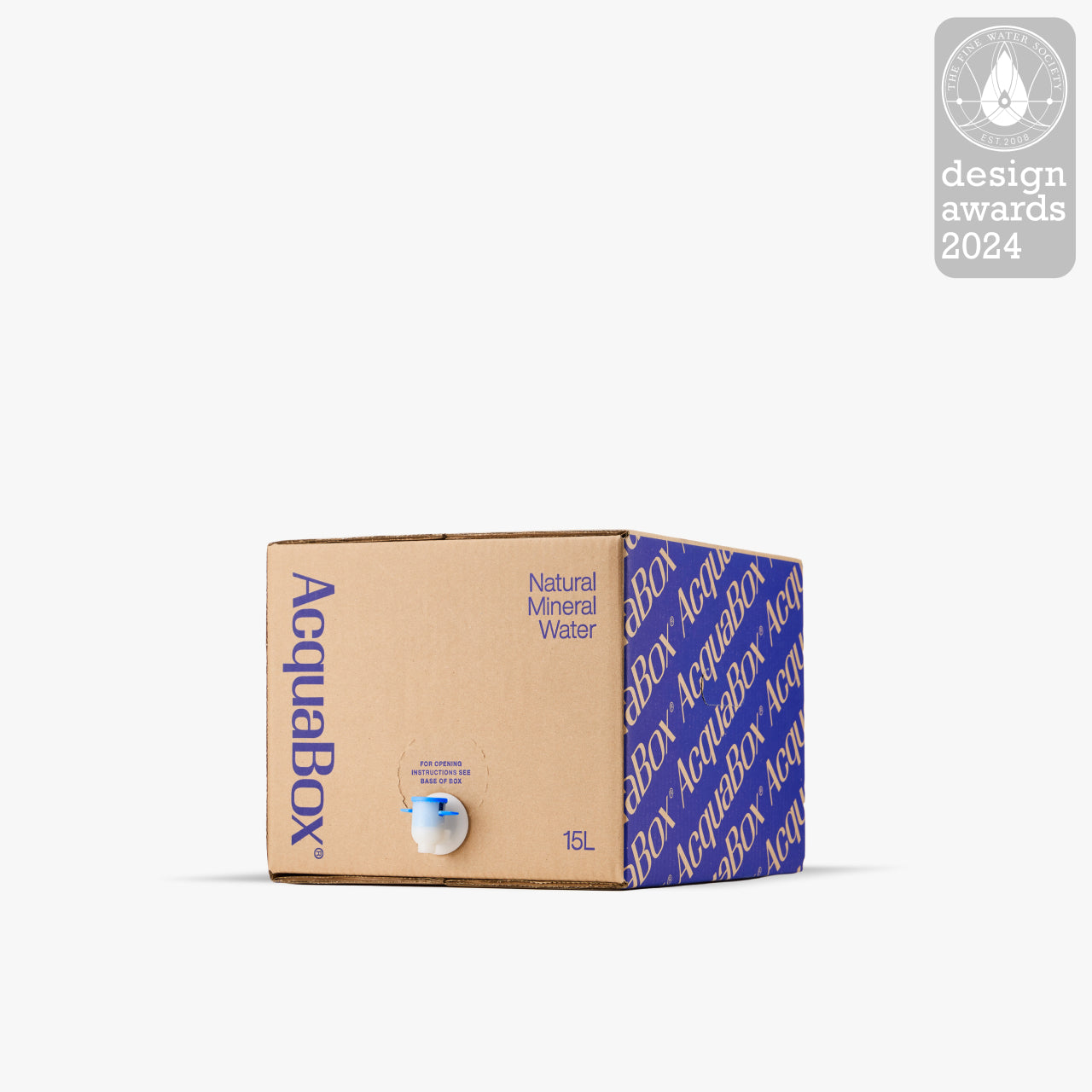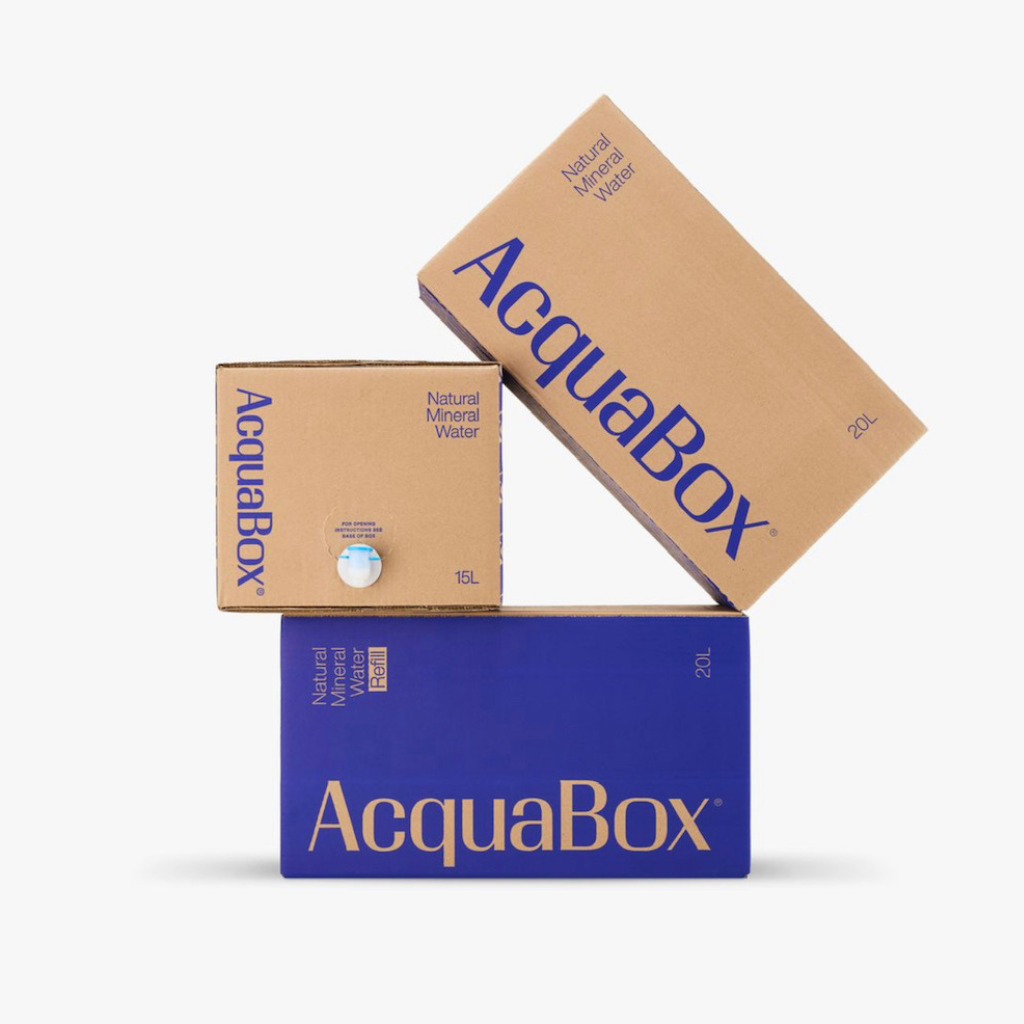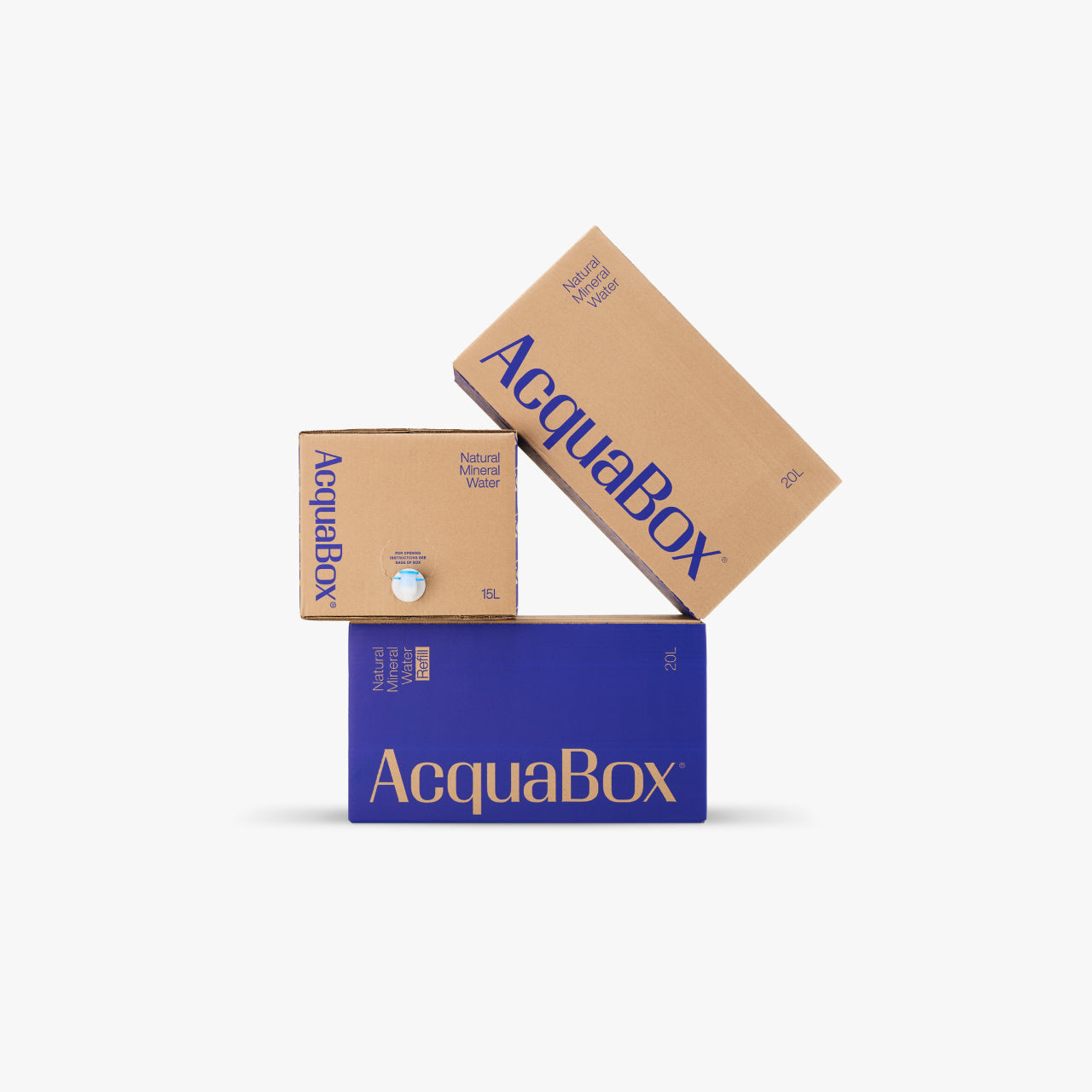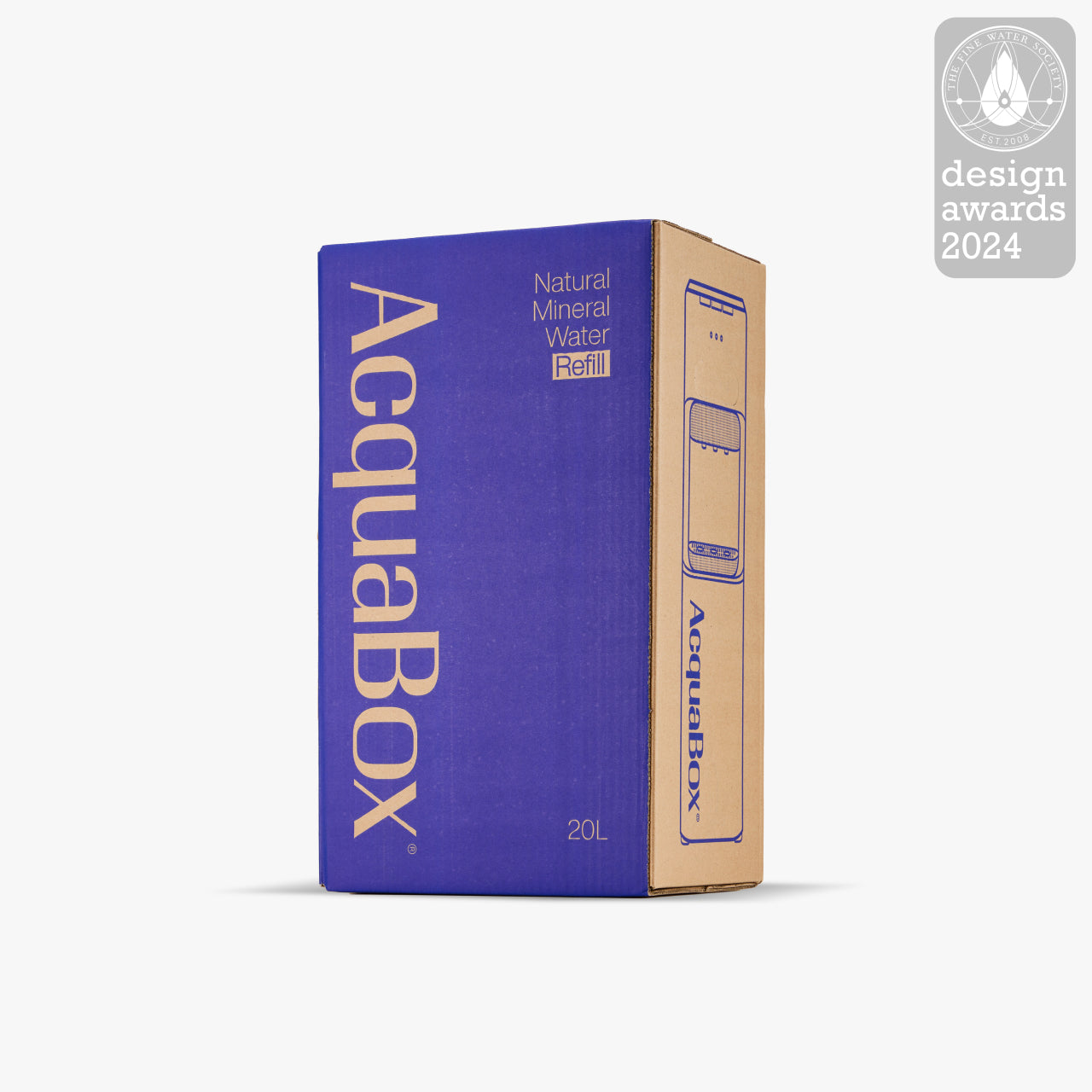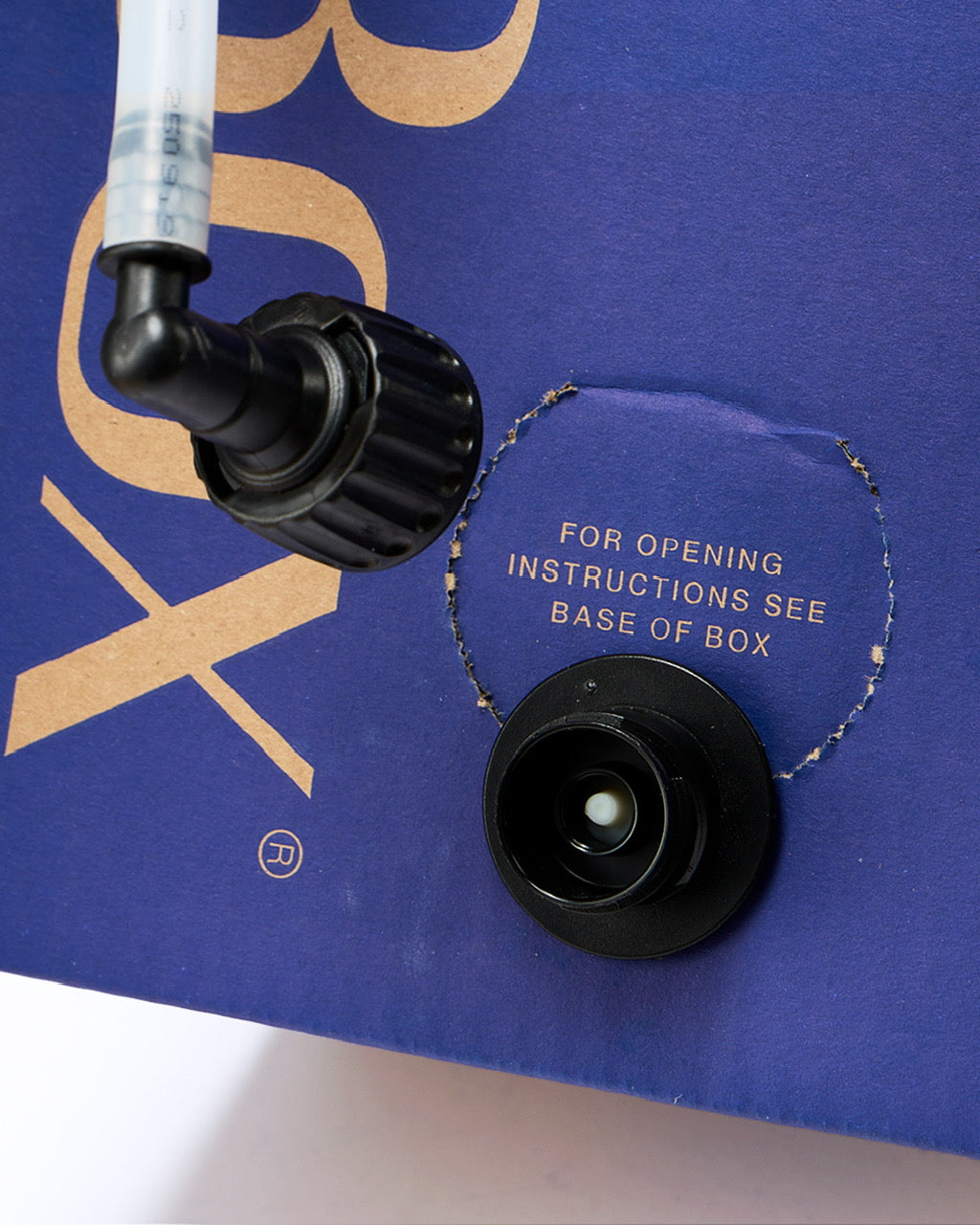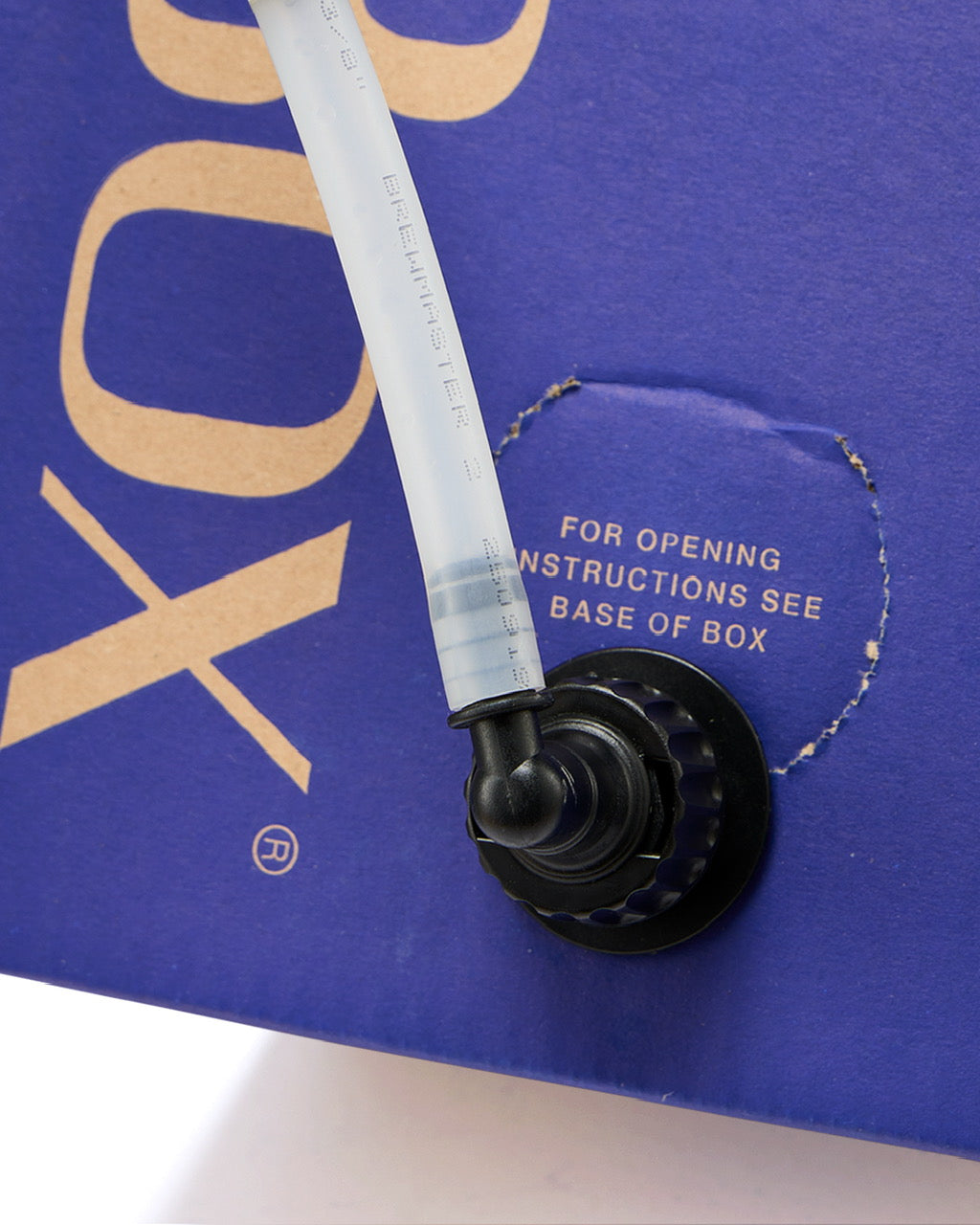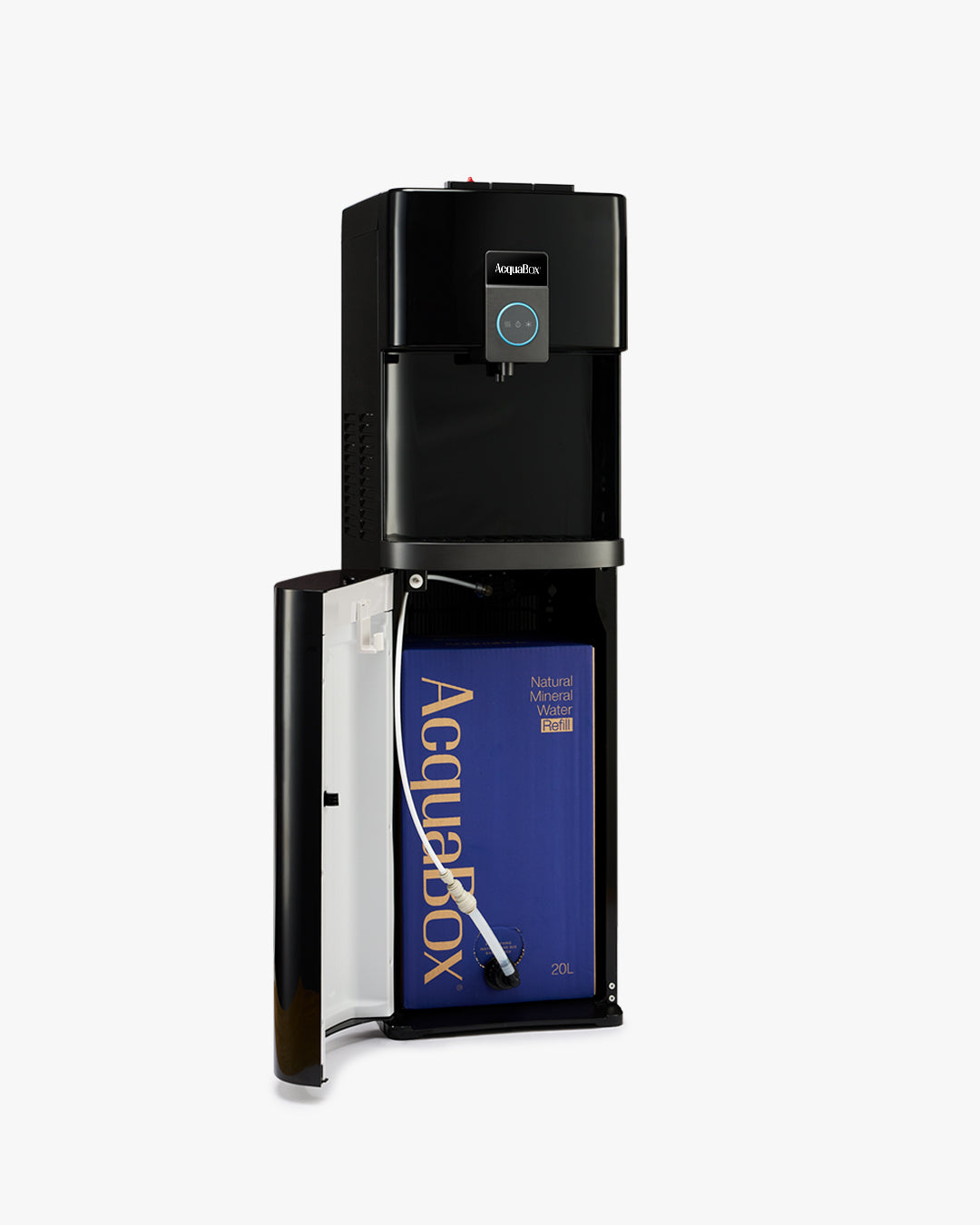Water dispensers have become a staple in homes and offices around the globe, offering convenience and a steady supply of clean water. We've all experienced the ease of pushing a button for a quick glass of water, but have you ever experienced an AcquaCooler?
It's not just about convenience; it's about fostering healthier habits and ensuring access to clean, safe water. By making hydration an easy and appealing choice, we're setting ourselves up for a host of wellness benefits. Let's embrace the simplicity and effectiveness of water dispensers and make the most of the positive impacts they bring to our health and lifestyle. Here's to staying hydrated and healthy with every refreshing glass.
-
- 1
- 2
-
Water Dispenser Features to Consider
When searching for the perfect water dispenser, we must evaluate several critical features that contribute to convenience and functionality. We've outlined the essential attributes to help streamline our decision-making process.
Safety Features should not be overlooked, especially if we have children around. Locks on hot water taps prevent accidental burns and offer peace of mind.
Next, let's talk about Capacity and Flow Rate. We should assess how much water we consume and how quickly we need it dispensed. Larger capacity units are beneficial for heavy usage but may require more space. Meanwhile, a higher flow rate ensures less time waiting for our bottle to fill up.
Water Dispenser Options
When exploring water dispensers, it's important to consider the convenience of having both hot and cold water available at the touch of a button. Hot and cold water dispensers are designed to offer both temperatures, ensuring we always have access to water for various needs without waiting for it to heat up or cool down. These dispensers typically use two separate tanks within the unit, one for each temperature setting.
The ability to instantly access hot water is a game-changer for making quick beverages or instant meals, like oatmeal and soup. On the other hand, the cold water function is perfect for a refreshing drink, especially in warmer climates or after a workout. Here's why opting for a dispenser with both functionalities can be beneficial:
- Prepares hot beverages more quickly than a kettle or microwave.
- Offers an instant cold water supply, outperforming a fridge or ice trays in convenience.
- Saves space and energy by providing a two-in-one solution.
We should be aware that water dispensers with both hot and cold options come with different energy requirements. Hot water functions generally require more power to maintain the high temperatures. Many models come with energy-saving modes to help mitigate this, automatically lowering the temperature during periods of inactivity.
Safety is another crucial aspect, especially with hot water dispensers. Child safety locks are often incorporated to prevent accidental burns or injuries. It's essential to ensure these features are present, especially in environments where children have access to the dispenser.
Finally, maintenance for hot and cold water dispensers can differ from models offering only room temperature water. Regular cleaning and descaling of the hot water tank are imperative to prevent mineral build-up and maintain the efficiency of the heating element. Similarly, the cooling system requires upkeep to ensure it functions correctly and the water tastes fresh.
Choosing a water dispenser with both hot and cold options ultimately hinges on our lifestyle needs and the willingness to perform the maintenance required to keep it operational and sanitary.
More water, less fuss
Acquabox is made more sustainably, it’s recyclable and certified plastic neutral with 75% lower CO2 emissions. Its unique counter top bag-in-box, 15 & 20 litre bulk water dispenser solution offers a self closing tap which is user friendly & convenient making water more accessible.

Energy Efficiency
When it comes to water dispensers, energy efficiency is not just a buzzword; it's a significant factor in both cost savings and environmental impacts. Energy-efficient water dispensers can trim our utility bills and reduce our carbon footprint. It's essential to look for models that have been certified by Energy Star or bear similar credentials, as these are sure to consume less power compared to non-certified counterparts.
The latest advancements in water dispenser technology have paved the way for systems that only heat or cool water as needed. This on-demand feature means that energy is not wasted in maintaining water temperatures when the dispenser is not in use. Some models even boast smart functions that learn our usage patterns and adjust their energy consumption accordingly.
Here's how energy efficiency can be measured:
| Feature | Impact on Energy Efficiency |
|---|---|
| Energy Star Certification | High – ensures low power consumption standards |
| On-demand Heating/Cooling | High – reduces wasted energy |
| Eco Mode or Power Saving Features | Variable – depends on the frequency of usage |
| Insulation Quality | High – maintains temperature with less energy |
Investing in units with better insulation is another smart move. Good insulation helps maintain the temperature of the water without forcing the system to work overtime, leading to less energy usage. Furthermore, many dispensers now come with an eco mode or power-saving feature that either reduces the temperature setting during periods of low usage or switches off the heating and cooling mechanisms altogether.
Maintenance also plays a pivotal role in ensuring that our water dispensers operate at peak efficiency. Scaling and mineral buildup can impair the heating and cooling elements, forcing them to use more energy. Scheduling regular cleaning and descaling can keep energy costs down over time, ensuring that we're doing our part to be eco-friendly while enjoying the benefits of instant hot or cold water.
Maintenance and Cleaning Tips
Keeping your water dispenser in top condition doesn't simply prolong its lifespan—it also ensures that the water we drink is clean and safe. Regular maintenance is key, and adhering to a few essential tips can make all the difference.
First and foremost, we recommend sanitizing our water dispensers every 6 months. Use a solution of bleach and water to rinse the interior components. It's vital to properly dilute the bleach to prevent any unwanted chemical residues. After cleaning, flushing the system with clean water is crucial to remove any remaining cleaning solution.
Descaling is another critical aspect of water dispenser maintenance, especially in areas with hard water. Hard water can leave mineral deposits that build up over time, leading to reduced water flow and a shorter life for the appliance. We can use white vinegar as a natural descalant and run it through the dispenser, following similar steps to the sanitization process.
We shouldn't overlook the taps and spigots, as these parts come into direct contact with our drinking water. These should be meticulously cleaned to prevent any bacterial growth. A small brush can be used to scrub these parts thoroughly.
Lastly, changing the water filter (if the dispenser has one) according to the manufacturer's recommendations will not only improve the taste of the water but also protect the dispenser from potential damage from contaminants.
By adhering to these best practices, we ensure that the benefits of our energy-efficient water dispensers are not compromised by neglect. Ensuring our dispenser is clean and well-maintained not only optimizes its performance but also upholds the quality of water we consume. Regular check-ups and a commitment to these straightforward yet effective maintenance steps will keep our water dispenser functioning efficiently for years to come.
Convenient Access to Clean Water
Easy access to clean drinking water is crucial for health and well-being. Water dispensers offer us an on-demand solution that's both convenient and reliable. With a water dispenser in place, the days of refilling a pitcher or buying countless water bottles become a hassle of the past. Instead, fresh, purified water is available at the touch of a button.
Many water dispensers come equipped with advanced filtration systems. These systems effectively remove contaminants such as chlorine, lead, and bacteria, ensuring that every glass we pour is not only refreshing but also safe to consume. The dispenser acts as a protective barrier between our drinking water and the various contaminants that can be found in tap water.
Here's what makes water dispensers a smart choice for clean water:
- Ease of use: Water dispensers require minimal operation. Even children can use them without assistance, making hydration simple for everyone at home or in the office.
- Constant availability: There’s no down time. Whenever we're thirsty, clean water is ready and waiting.
- Temperature control: Depending on the model, we have options for ice-cold, room temperature, and hot water, suitable for a variety of beverages and uses.
The installation of a water dispenser is straightforward. Many dispensers are designed to be user-friendly, which means we can set them up quickly and start enjoying purified water with very little effort. Moreover, regular maintenance typically involves just a simple filter change or sanitization process, which can be done with ease and keeps the water tasting great.
In a world where the quality of tap water can vary greatly, having a water dispenser gives us peace of mind. Clean water at our fingertips encourages everyone to drink more, which is essential for maintaining good health. Whether we're at home, in the office, or running a public venue, providing access to high-quality water speaks volumes about our commitment to the health and comfort of those around us.
Accessibility to hydration can significantly impact our daily lives. The convenience of water dispensers ensures that staying hydrated is never a chore but an effortless part of our routine.
| Benefit | Data |
|---|---|
| Average Bottles Saved | 1,000+ per year |
| Energy Savings | 100 kWh/year (per user average) |
| Reduction in CO2 | Up to 120 kg/year |
Frequently Asked Questions
Yes, having a water dispenser readily accessible can encourage more frequent water consumption, aiding in better hydration habits.
Drinking more water can lead to improvements in cognitive functions such as focus, memory, and clarity of thought.
Regular consumption of clean water from a dispenser can hydrate the skin, potentially resulting in a more radiant and healthier complexion.
Yes, easy access to water from dispensers can decrease the consumption of sugary beverages, providing a healthy alternative.
Many water dispensers provide options for hot water, facilitating the making of healthy beverages and instant soups.
Water dispensers often come equipped with advanced filtration systems that help remove contaminants, ensuring clean drinking water.
Proper hydration supports the immune system by helping to circulate nutrients and remove waste, thus boosting overall immune health.

